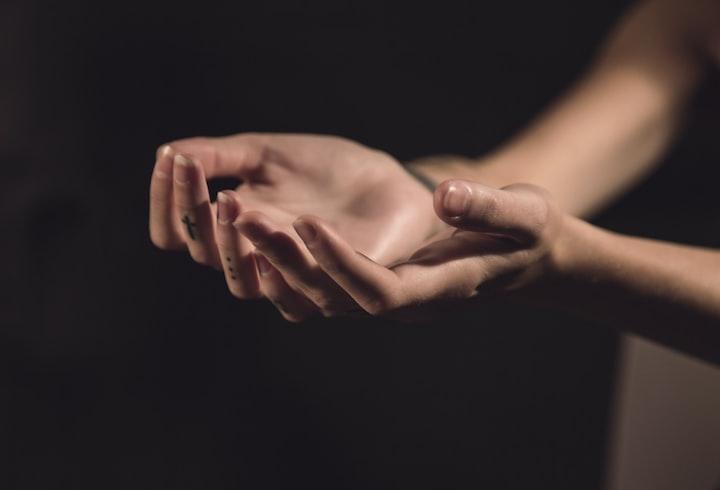When we think of flowers, we often think of them as symbols of love, appreciation, or congratulations. However, there is another side to flowers that is not as widely known. Flowers have been used for centuries to represent healing.
The most popular flower associated with healing is the lotus. The lotus is a sacred flower in many cultures and has been used in religious ceremonies for its healing properties. The lotus represents new beginnings, hope, and rebirth.
Other popular flowers that represent healing include the lily, rose, and daisy. Each of these flowers has its own unique meaning and symbolism associated with healing. For example, the lily is often seen as a symbol of purity and innocence; while the rose is associated with love and forgiveness. The daisy represents innocence and hope; two important aspects of healing from trauma or injury.
Lavender
Lavender oil is the most popular way to use this healing flower. You can add a few drops of lavender oil to your bathtub or diffuser to enjoy the benefits of relaxation. You can also apply lavender oil directly to your skin or add it to lotions and creams. If you want to make your own lavender products, you can easily find recipes online or in natural health books.
One of the reasons why lavender is so effective at reducing stress is because it contains linalool and lin aly l acetate. These compounds have sedative effects when inhaled and are known to be helpful in treating anxiety disorders. When applied topically, these same compounds can help reduce inflammation and pain.
In addition to its stress-relieving properties, lavender also has several other health benefits. For example, research suggests that lavender may help improve memory and cognitive function in people with Alzheimer’s disease or dementia. Additionally, a small study showed that inhaling lavender essential oil prior to testing significantly improved participants’ scores on spatial working memory tasks. This suggests that lavender could potentially enhance cognitive performance in healthy adults as well. Given these findings, along with lavender’s pleasant aroma, it may be worth incorporating this flower into your life if you are looking for ways to boost your mood and overall sense of well-being.
Rose petals
As you know, roses are one of the most popular flowers in the world. And there’s a good reason for that. Not only are they beautiful, but they also have a rich history and meaning behind them. Roses have been associated with love, beauty, and new beginnings for centuries. In fact, they’ve even been referred to as the “queen of flowers.” But did you know that roses can also represent healing?
That’s right – rose petals have long been used as a natural remedy for various ailments. For example, rose petals can be used to treat colds and flu symptoms like congestion and coughing. They can also help soothe an upset stomach or relieve cramps. Rose petals contain high levels of antioxidants, which makes them great for supporting the immune system. Additionally, their anti-inflammatory properties can help reduce inflammation throughout the body.
If you’re interested in using rose petals for healing purposes, there are a few different ways you can do so. You can make your own Rose Petal Tea by steeping fresh or dried rose petals in boiling water for 5-10 minutes. You can also add Rose Petal Tincture to your favorite beverage or apply it topically to your skin (just be sure to do a patch test first). Lastly, you can purchase pre-made products like Rose Water or Rose Oil from your local health food store – these are great options if you want to reap the benefits of rose petals without having to prepare them yourself!
Jasmin
Jasmine is a plant that has been used for medicinal purposes for centuries. The flowers, leaves, and oil of jasmine are used to make medicine. Jasmine is most commonly used for anxiety and depression. It is also used for wounds, skin ulcers, and other skin conditions. Some people use it as a aromatherapy treatment.
Gerbera Daisy
The Gerbera Daisy is a cheery flower that comes in a variety of colors including white, yellow, orange, pink, red, and purple. The flowers are large and have multiple petals arranged in a circle around a central disk. The Gerbera Daisy blooms from late spring to early summer and prefers sunny locations with well-drained soils.
The Gerbera Daisy has long been associated with healing properties and was often used in folk medicine for its purported ability to ease stomach pain and relieve inflammation. In more recent years, research has shown that certain compounds found in the Gerbera Daisy may indeed have medicinal benefits. For example, one study found that an extract from the flower can inhibit the growth of certain bacteria strains that are known to cause stomach ulcers. Other studies have shown that compounds isolated from the Gerbera Daisy may have anti-tumor effects.
While more research is needed to confirm these potential health benefits of the Gerbera Daisy, there’s no doubt that this cheerful flower brings happiness and beauty into our lives – qualities that can certainly promote wellness and healing.
Chamomile
Chamomile (Matricaria chamomilla) is a dried flower that can be found pre-packaged at most health food stores. When brewed as a tea, chamomile is thought to be a relaxant, can be helpful in restoring insomnia, and has long been used as an herbal remedy for digestive ills such as indigestion, gas and diarrhea. Chamomile tea infusion has also been traditionally used topically for wounds and skin irritations. Chamomile contains compounds called flavonoids. Flavonoids are antioxidants that have anti-inflammatory, antiviral, antibacterial, antispasmodic and anticonvulsant properties.
